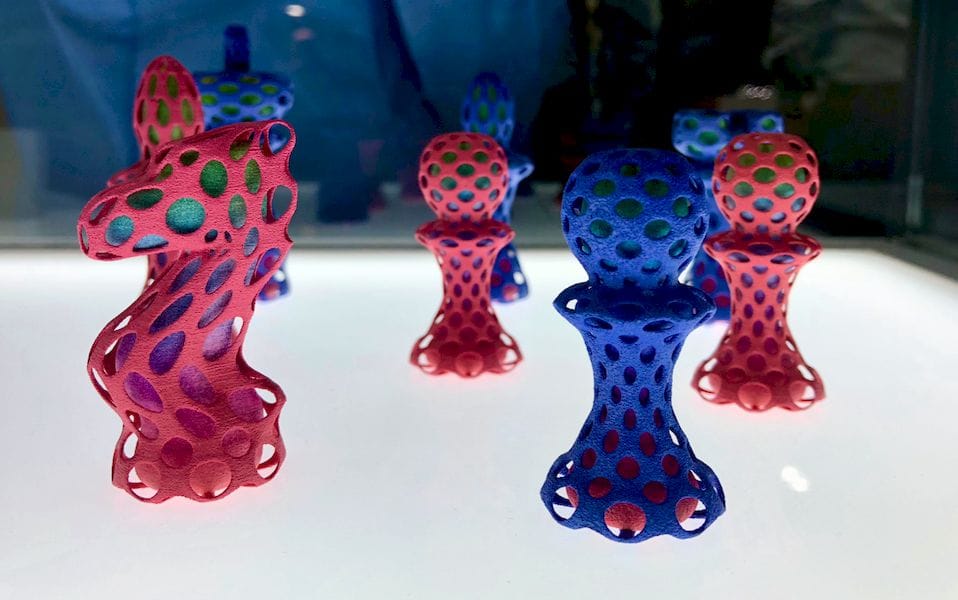
The venerable STL file format for describing 3D models has been around for far too long. But now the end could be finally appearing.
I’ve written many times on the deficiencies of STL, a rather primitive format devised decades ago for use in 3D printing. Today it is still the defectors standard used by almost all 3D printers and associated software for describing objects. Your CAD system exports STL, your slicing program accepts STL and produces the GCODE for printing. That’s how it has been for many years.
But STL’s deficiencies are many. The primary issue is that it is actually possible to syntactically correctly describe an invalid object. This has led to an entire industry of 3D “repair tools” and extra workflow steps.
In addition, STL simply describes the object’s shape by listing a very long set of triangles that envelope the design. And that’s all. There is not only no additional information provided (like materials, colours, thermal properties, curves, etc), there is no way to extend the format.
Enter 3MF, a format now endorsed by a number of large stakeholders in the industry. 3MF is an extendable XML format that not only describes the shape of an object, but can also describe a number of other properties.
I think this is where things will pivot.
In spite of the availability of 3MF, STL still remains the defacto standard. Yes, an increasing number of CAD programs and 3D utilities now support 3MF, but STL still manages to be used very frequently.
But after hearing more about HP’s new full colour 3D printers at SWW18, I had a realization: these full colour 3D printers cannot use STL, because STL does not support colours (it can with some very awkward poorly supported add ons, but not really practical). It turns out that HP used 3MF for files printed on their new devices.
That makes sense, because the HP equipment sports voxel-level control. In this style the designer literally has the ability to specify the properties of every single voxel in the object, surface or interior. Sounds powerful until you realize that virtually no CAD software provides this ability.
But 3MF should be able to handle such things when they do.
I suspect we may finally begin to see a shift towards 3MF because of the appearance of multiple voxel-level 3D printers, including not only HP’s, but also Stratasys’ J750 and others.
Will the need created by these and follow on machines be sufficient to flip users to 3MF from STL? Perhaps not, but it certainly gives that move a big push.

